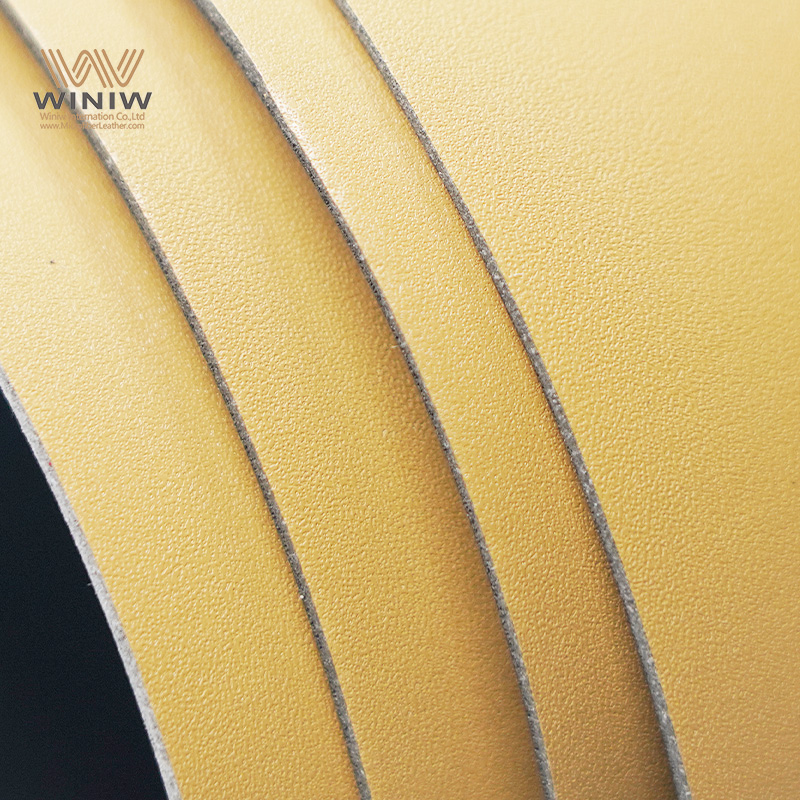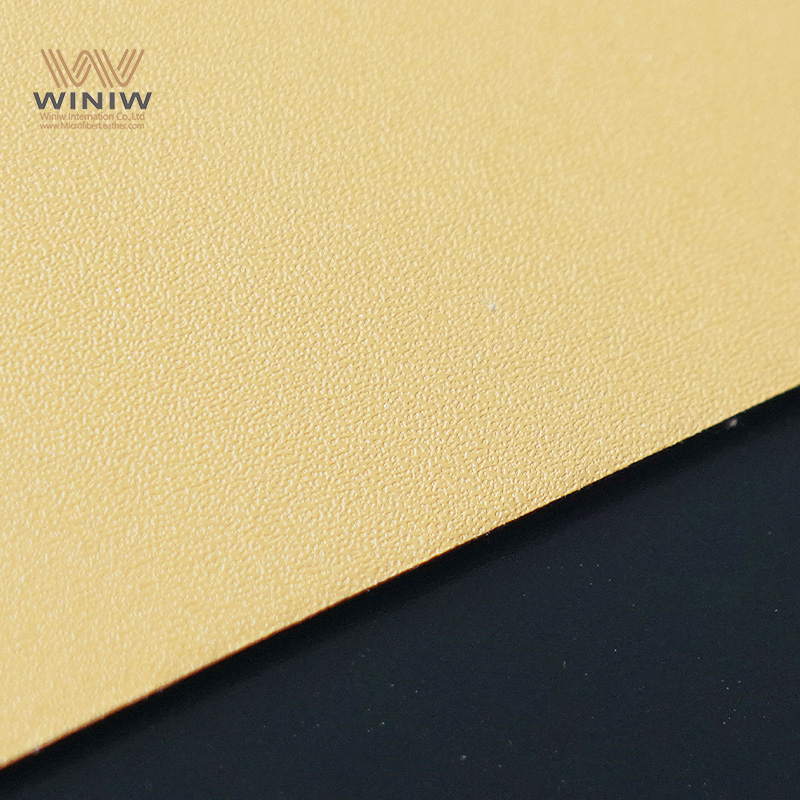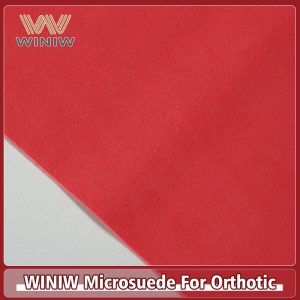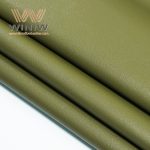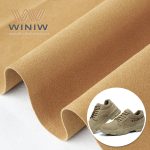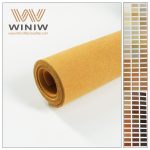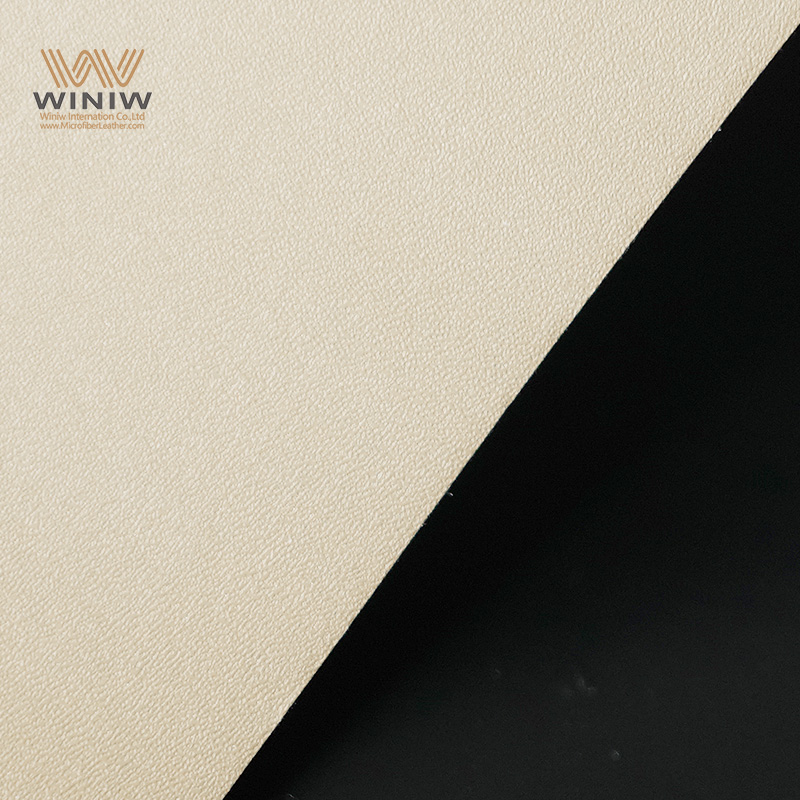
When I look for the best work boots for construction, I always consider safety, comfort, and durability first. In 2025, Chippewa 55025 Hador Steel Toe Boots stand out for their heavy-duty design and reliable grip. Timberland Pro Pit Boss 6-Inch boots also earn high praise from workers for being comfortable and safe on the job. I have seen these working boots offer real value and protection where it matters most.
Key Takeaways
- Safety is the top priority when choosing work boots. Look for reinforced safety toes and slip-resistant soles to protect against workplace hazards.
- Comfort features like cushioned insoles and padded collars help reduce fatigue during long shifts. Choose boots that feel good from the first wear.
- Durability matters. Opt for boots made from high-quality materials like full-grain leather to withstand tough conditions and extend their lifespan.
- Consider waterproofing features if you work in wet environments. Waterproof boots keep your feet dry and comfortable, enhancing your work experience.
- Always check for safety certifications like ASTM F2413-18. These ensure the boots meet industry standards for protection and performance.
- Fit is crucial. Measure your feet accurately and try on boots with the socks you wear at work to ensure a proper fit and avoid discomfort.
- Investing in quality boots pays off. Higher-priced options often provide better safety and comfort, reducing the need for frequent replacements.
- Regular maintenance, including cleaning and conditioning, keeps your boots in top shape and prolongs their life, ensuring you get the most value.
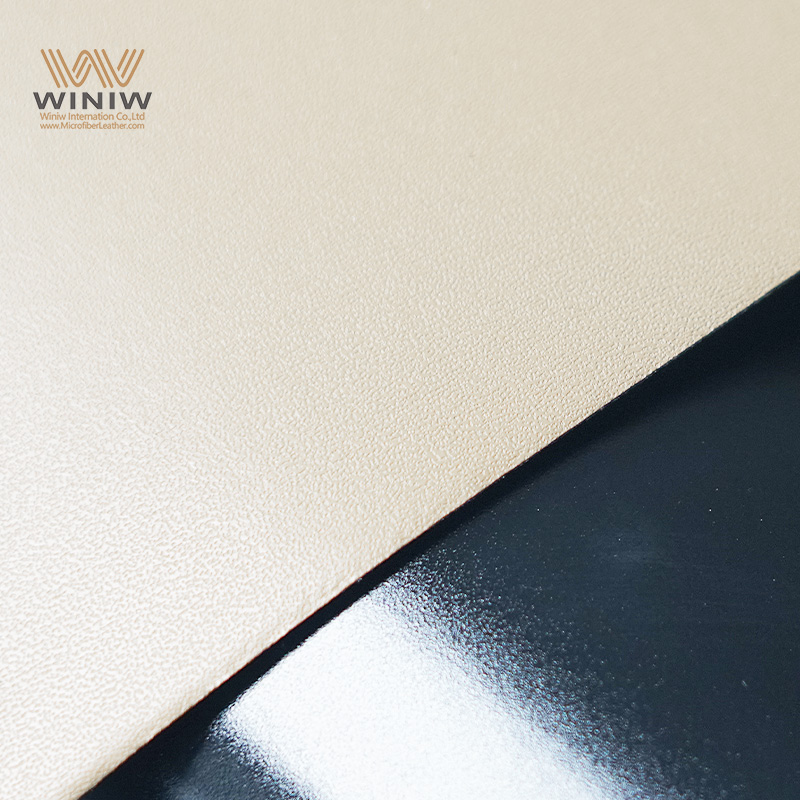

Best Work Boots 2025
Boot Reviews
Keen Utility San Jose
Safety
I trust the Keen Utility San Jose for its protective features. The safety toe boots design shields my feet from heavy impacts. The slip-resistant sole keeps me steady on slick surfaces. I appreciate the electrical hazard protection, which gives me peace of mind around live wires.
Comfort
This boot feels lightweight, which makes a difference during long shifts. The cushioned footbed supports my arches and reduces fatigue. I find the breathable lining helps keep my feet dry and comfortable, even in warm weather.
Durability
Keen uses full-grain leather and a solid construction method. I have seen these boots hold up well against scuffs and daily wear. The outsole bond looks clean and strong, which tells me the boot will last.
Value
For the price, I get a boot that balances safety, comfort, и долговечность. I consider it one of the best lightweight work boots for construction workers who need reliable protection without extra weight.
Danner Steel Yard
Safety
Danner Steel Yard boots come with steel safety toes. I feel confident knowing my toes are protected from falling tools. The slip-resistant outsole grips well on wet or oily floors.
Comfort
The boots offer a cushioned insole and a roomy toe box. I notice less foot fatigue after a full day on site. The moisture-wicking lining keeps my feet comfortable and dry.
Durability
Danner uses full-grain leather and a Goodyear welt construction. These features add to the boot lifespan. I have seen the boots withstand tough conditions and daily use.
Value
Danner delivers quality at a fair price. I recommend these boots to workers who want a long-lasting investment in their safety and comfort.
Traction Tred Lite
Safety
Traction Tred Lite boots feature composite safety toe boots. The slip-resistant sole provides stability on uneven ground. I appreciate the electrical hazard rating for added protection.
Comfort
These boots feel comfortable right out of the box. The shock-absorbing midsole and padded collar reduce pressure on my feet. I can wear them all day without discomfort.
Durability
The boots use roughout leather, which resists scuffs better than smooth leather. The construction method ensures the outsole stays attached, even after months of use.
Value
Traction Tred Lite offers good quality for the price. I consider them a smart choice for workers who want comfort and safety without overspending.
Timberland PRO
Safety
Timberland PRO stands out as the best overall work boot in my experience. The steel toe and slip-resistant outsole meet ASTM standards. The waterproof membrane keeps my feet dry in wet conditions.
Comfort
I find these boots very comfortable, thanks to the cushioned footbed and arch support. The padded collar and tongue add to the comfort, making them ideal for long shifts.
Durability
Timberland uses high-quality leather and a durable construction method. The boots pass the twist test and have a firm heel counter for support. I have worn them for over a year with minimal wear.
Value
These boots offer excellent value. I get top-tier safety, comfort, and durability at a reasonable price. Many workers I know choose Timberland PRO for these reasons.
Caterpillar
Safety
Caterpillar boots feature steel safety toes and slip-resistant soles. The boots also provide electrical hazard protection, which is essential for industrial sites.
Comfort
The boots feel comfortable from the first wear. The cushioned insole and shock-absorbing midsole help prevent fatigue. I appreciate the waterproof lining, which keeps my feet dry.
Durability
Caterpillar uses full-grain leather and a sturdy construction method. The boots hold up well in tough environments. I have seen them last through months of daily use.
Value
Caterpillar offers reliable quality at a fair price. I recommend these boots to workers who need dependable protection and comfort.
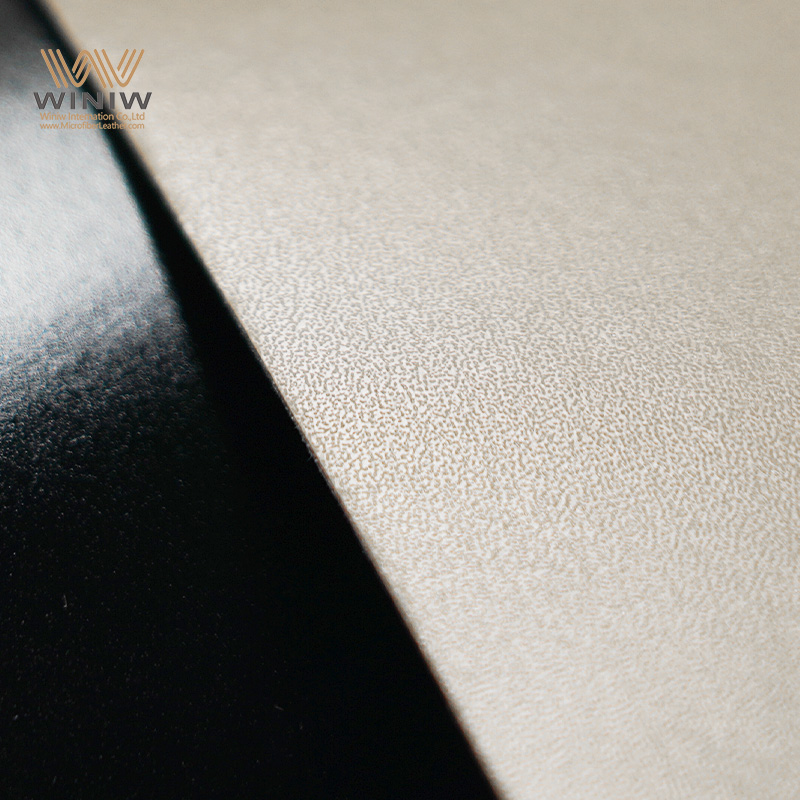
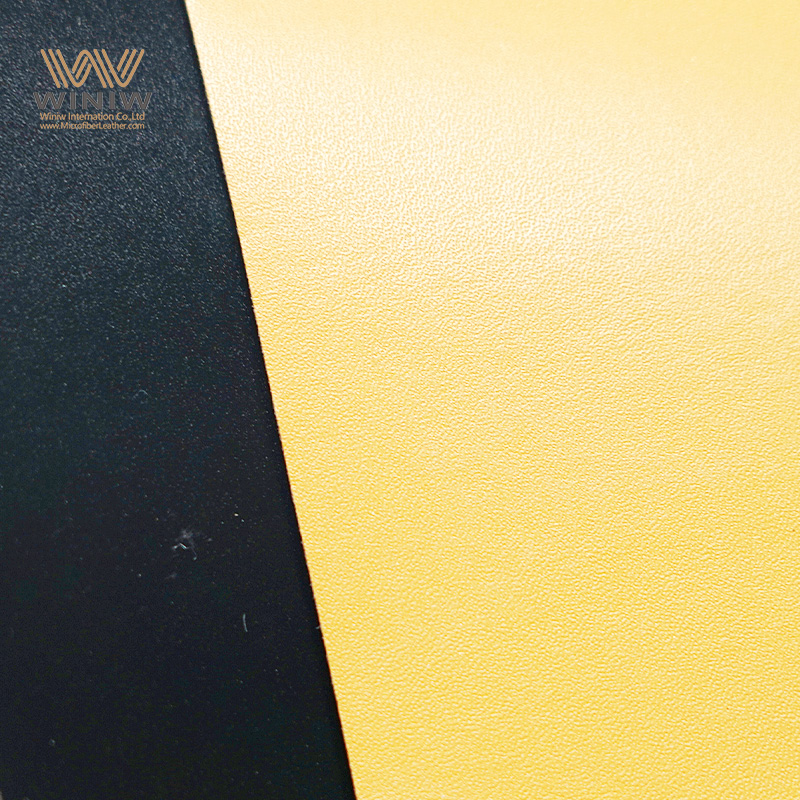
EVER BOOTS
Safety
EVER BOOTS include steel safety toes and slip-resistant outsoles. The boots meet ASTM safety standards, which gives me confidence on the job.
Comfort
I find these boots comfortable, with a padded collar and cushioned insole. The boots break in quickly, so I avoid the painful adjustment period.
Durability
EVER BOOTS use quality leather and a solid construction method. The boots resist water and scuffs, which adds to their lifespan.
Value
These boots deliver good value for the price. I recommend them to workers who want affordable, comfortable work boots that do not sacrifice safety.
Furuian
Safety
Furuian boots feature composite safety toes and slip-resistant soles. The boots also offer electrical hazard protection, which is important for construction work boots.
Comfort
The boots feel lightweight and comfortable. The cushioned footbed and breathable lining help keep my feet cool and supported.
Durability
Furuian uses quality materials and a strong outsole bond. The boots resist daily wear and tear, making them a good choice for active workers.
Value
Furuian boots offer a balance of safety, comfort, and affordability. I consider them a smart pick for workers who want the best work boots on a budget.
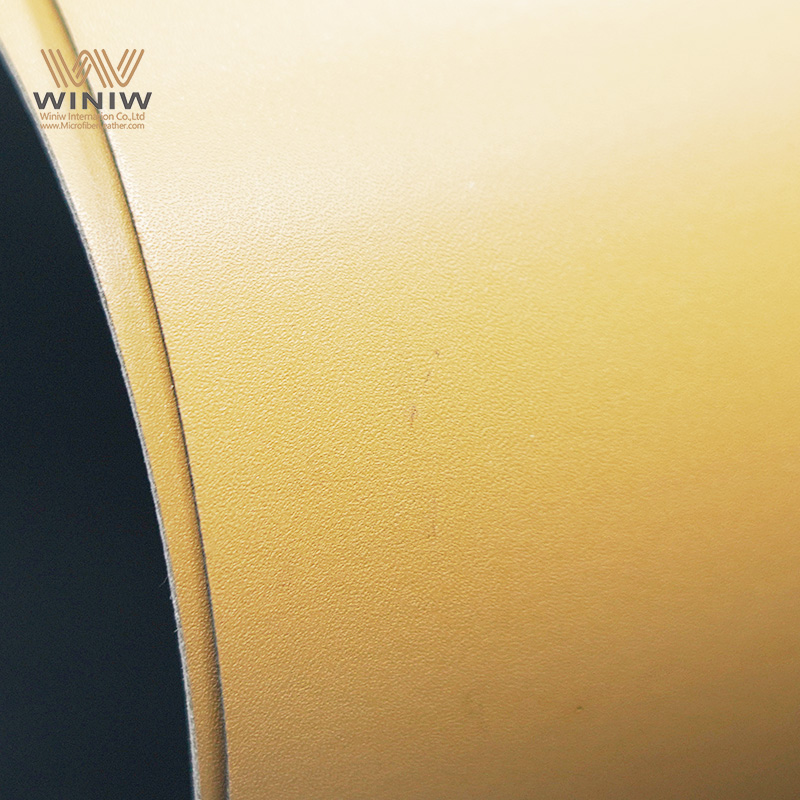
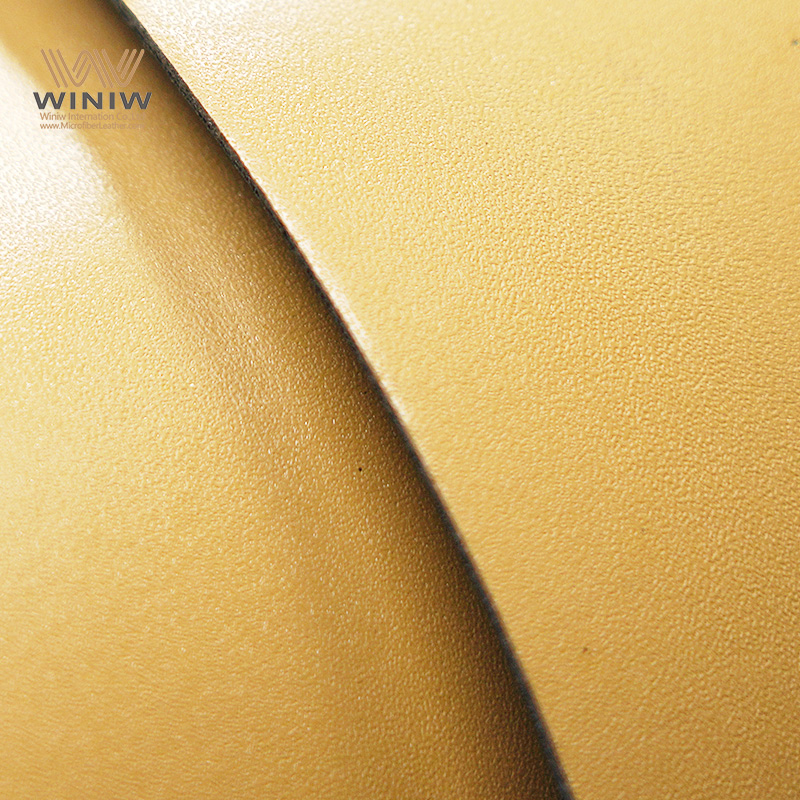
Wolverine
Safety
Wolverine boots come with steel safety toes and slip-resistant outsoles. The boots meet ASTM safety standards, which I trust for job site protection.
Comfort
I find Wolverine boots comfortable, with a cushioned insole and shock-absorbing midsole. The boots fit well and support my feet during long shifts.
Durability
Wolverine uses full-grain leather and a Goodyear welt construction. The boots last through months of heavy use. I have seen them hold up in harsh conditions.
Value
Wolverine offers quality and durability at a reasonable price. I recommend these boots to workers who want reliable protection and comfort.
Thorogood
Safety
Thorogood boots feature composite safety toes and slip-resistant soles. The boots also provide electrical hazard protection, which is essential for many job sites.
Comfort
Thorogood boots are some of the most comfortable I have worn. The cushioned footbed and shock-absorbing midsole reduce fatigue. The boots feel comfortable from the first wear.
Durability
Thorogood uses high-quality leather and a Goodyear welt construction. The boots resist scuffs and last for years with proper care.
Value
Thorogood boots offer excellent value. I consider them among the best pull-on work boots for workers who want comfort, safety, and long-term durability.
Tip: Comfortable work boots with cushioned support and slip-resistant soles help prevent fatigue and keep you safe on the job. Investing in quality boots can extend their lifespan to several years with proper care.

Working Boots Comparison
Feature Chart
When I compare the best work boots for construction, I always look for a clear overview of their main features. I created the following chart to help workers quickly see how each boot stacks up in terms of safety, comfort, durability, and price.
| Boot Model | Safety Toe Type | Comfort Features | Durability Features | Waterproof/Insulated | Price Range |
|---|---|---|---|---|---|
| Keen Utility San Jose | Aluminum | Cushioned footbed, breathable | Full-grain leather | Waterproof | $$ |
| Danner Steel Yard | Steel | Roomy toe box, moisture-wicking | Goodyear welt, leather | Waterproof | $$$ |
| Timberland PRO | Steel | Arch support, padded collar | High-quality leather | Waterproof | $$$ |
| Caterpillar | Steel | Shock-absorbing midsole | Sturdy construction | Waterproof | $$ |
| EVER BOOTS | Steel | Padded collar, quick break-in | Water-resistant leather | Water-resistant | $ |
| Furuian | Composite | Lightweight, cushioned footbed | Strong outsole bond | Water-resistant | $ |
| Wolverine | Steel | Shock-absorbing midsole | Goodyear welt, leather | Waterproof | $$ |
| Thorogood | Composite | Shock-absorbing midsole | Goodyear welt, leather | Waterproof | $$$ |
I recommend using this chart as a quick reference when choosing your next pair of working boots. It highlights the comfort features, safety toe types, and durability factors that matter most on the job.
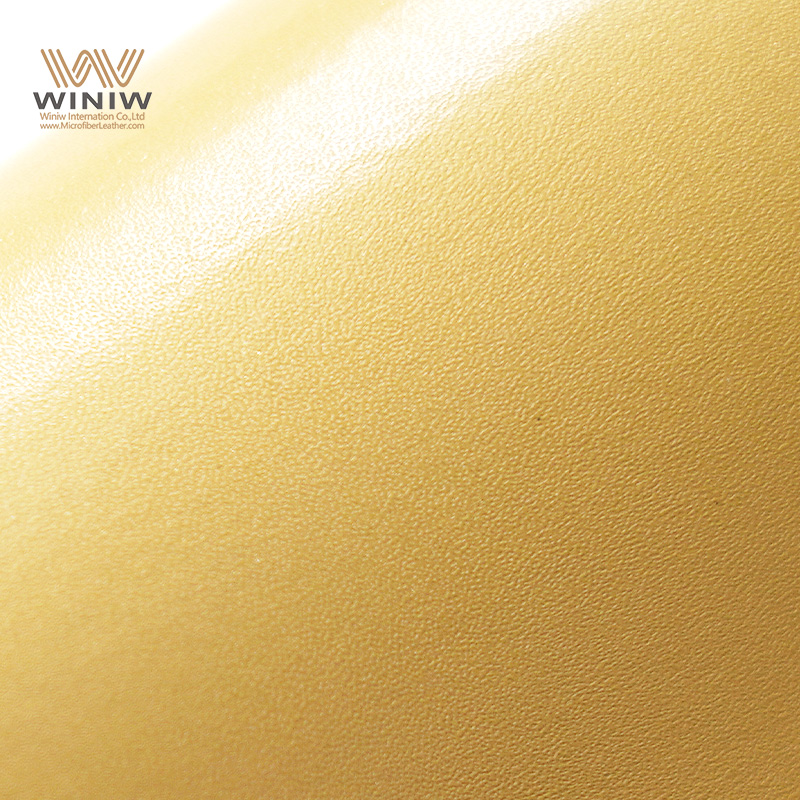
Price
I know that price plays a big role when selecting the best work boots. I have found that higher-priced boots often deliver better quality and longer lifespan. However, some affordable options still provide excellent comfort and protection. For example, EVER BOOTS and Furuian offer reliable safety and comfort at a lower price point. Timberland PRO, Danner, and Thorogood sit at the higher end, but their quality and durability justify the investment. I always weigh the upfront cost against how long the boots last and how comfortable they feel during long shifts.
Safety
Safety remains my top priority when I choose work boots. The best models include reinforced safety toes, slip-resistant soles, and electrical hazard protection. I always check for certifications like ASTM F2413-18, which ensures the boots meet strict standards for impact and compression resistance. Many boots also carry an EH rating for electrical protection. Here are the most common safety features I look for:
- Reinforced safety toes (steel, composite, or aluminum)
- Slip-resistant and puncture-resistant outsoles
- Waterproofing and insulation for harsh environments
- Electrical hazard (EH) protection
| Certification | Description |
|---|---|
| ANSI | Ensures reliability and safety of work boots through standardized assessments. |
| ASTM F2413 | Outlines performance requirements for protective features like toe protection and electrical hazard resistance. |
| CSA | Indicates compliance with nationally recognized safety standards in Canada, essential for various industries. |
I always make sure my boots meet at least the ASTM F2413-18 standard. This gives me confidence that my feet stay protected, even in the toughest conditions.
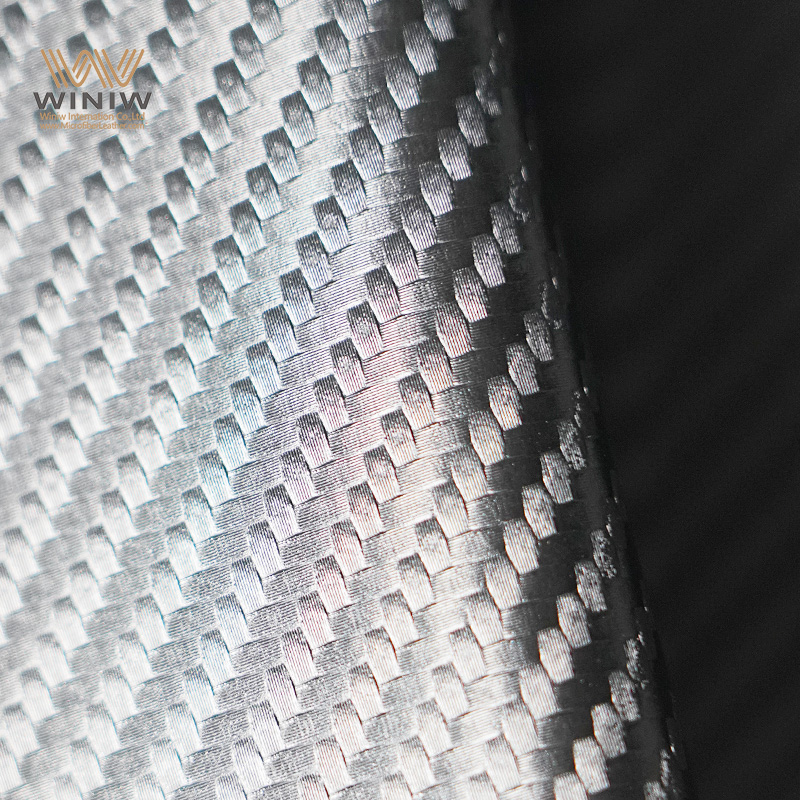
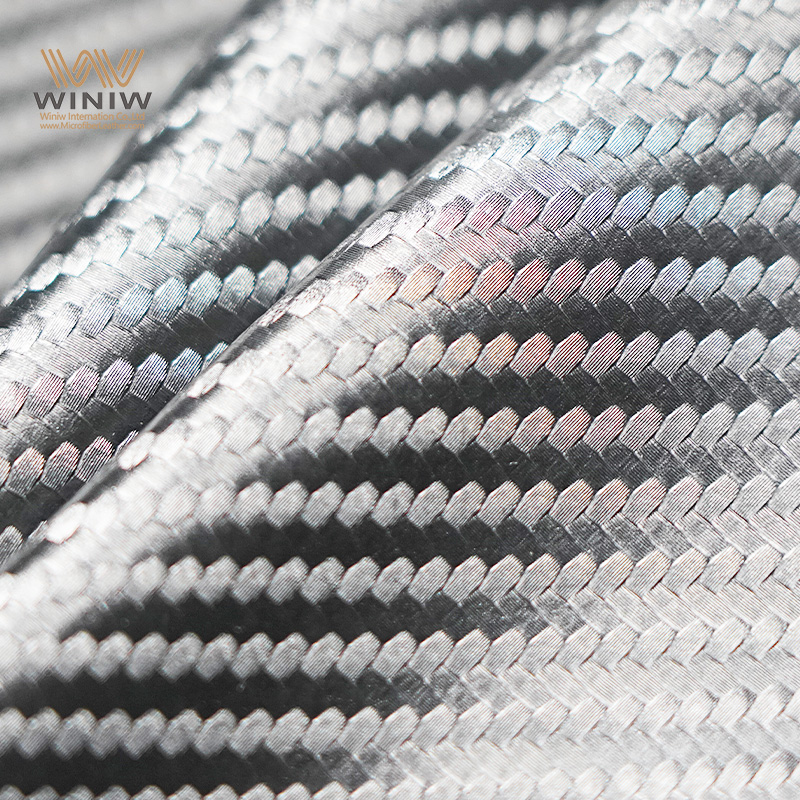
Comfort
When I evaluate the best work boots, comfort always stands out as a top priority. I spend long hours on my feet, so I need boots that support me from the first step to the last. I look for features that make boots comfortable, such as cushioned insoles, padded collars, and breathable linings. These elements help reduce fatigue and keep my feet feeling fresh throughout the day.
I have noticed that comfortable work boots often include shock-absorbing midsoles. This feature helps minimize the impact on my joints, especially when I walk on concrete or uneven ground. Some boots use memory foam or gel inserts, which mold to the shape of my foot and provide extra support. I also value a roomy toe box, which prevents pinching and allows my toes to move naturally.
In my experience, lightweight boots make a significant difference in comfort. I can move more freely and avoid feeling weighed down during long shifts.
Many workers prefer boots with moisture-wicking linings. These linings pull sweat away from the skin, keeping feet dry and comfortable even in hot weather. I recommend insulated work boots for cold environments, as they keep my feet warm without sacrificing comfort.
Here are the comfort features I prioritize when choosing working boots:
- Cushioned insoles for all-day support
- Padded collars and tongues to prevent rubbing
- Breathable and moisture-wicking linings
- Shock-absorbing midsoles for joint protection
- Roomy toe boxes for natural movement
I always test boots by wearing them around the store or at home before committing to a full day on the job. This helps me ensure the boots feel comfortable right away and do not require a long break-in period. Quality materials and thoughtful design make a big difference in how comfortable boots feel over time.

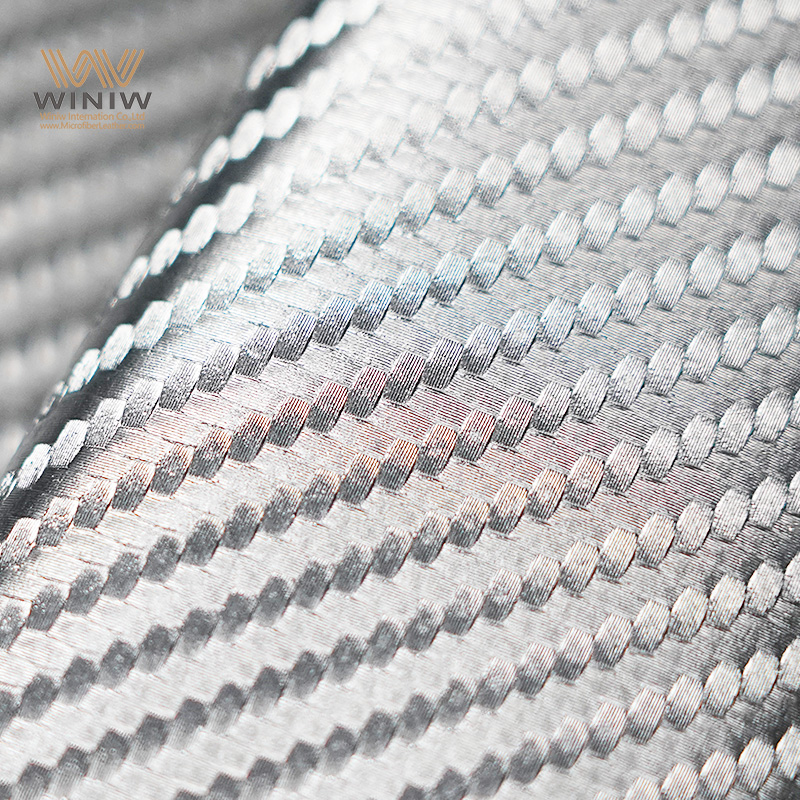
Construction Work Boots Guide
Safety Standards
Certifications
When I select the best work boots for construction, I always check for proper certifications. In 2025, ASTM F2413 and F2412 set the safety standards for working boots. These standards define the testing methods and performance requirements for protective footwear. Boots that meet these certifications have passed rigorous tests for impact, compression, and electrical hazard protection. I rely on these certifications to ensure my boots can handle the hazards I face on the job.
| Certification Type | Description |
|---|---|
| ASTM certification | Required for work boots in hazardous workplaces, ensuring they meet impact resistance, slip resistance, and electrical hazard protection standards. |
| Electrical hazard protection | A specific type of protection governed by ASTM standards, crucial for safety in electrical environments. |
| Compression & impact protection | Governed by ASTM F2413, essential for protecting against heavy objects and impacts. |
I always look for these marks on the label before I buy a new pair.
Toe Protection
Toe protection is a must for construction workers. I have seen too many injuries caused by falling tools or heavy materials. Safety toe boots protect my feet from these dangers. There are two main types of toe caps:
- Steel toe caps provide strong impact protection against heavy objects.
- Composite toe caps are lightweight and non-conductive, making them ideal for electrical work.
Both types of safety toe boots help prevent injuries from falling objects and sharp debris. The reinforced toe cap, whether steel or composite, absorbs impact and prevents crushing injuries. I never compromise on this feature when choosing my boots.
Comfort Tips
Insoles
Comfort is critical when I spend long hours on my feet. I always pay attention to the insole technology in my boots. Modern insoles use advanced materials to provide support and reduce fatigue. Here is a quick overview of the most common insole technologies:
| Insole Technology | Description |
|---|---|
| Gel Technology | Provides shock absorption and comfort, ideal for reducing foot and leg pain. |
| Arch Support | Offers targeted support for high, medium, or flat arches, helping to distribute weight evenly. |
| Anti-Fatigue | Designed to reduce foot fatigue with advanced cushioning and ergonomic support for long hours of standing. |
| Heavy-Duty | Built for durability and support in tough conditions, suitable for heavy use. |
| Warm & Wool | Combines wool warmth with insulation, perfect for colder climates. |
I often replace the original insoles with ones that match my arch type. This small change makes my boots much more comfortable and extends their life.

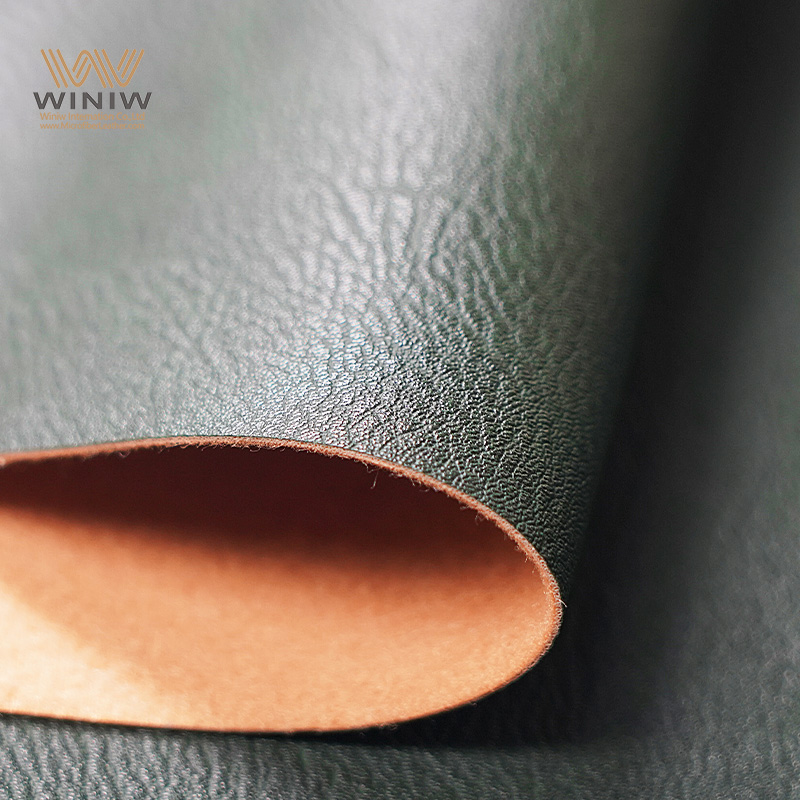
Breathability
Breathability plays a big role in comfort, especially during hot days. I look for boots with moisture-wicking linings or mesh panels. For example, Caterpillar Precision boots use a nylon mesh lining to encourage air circulation and prevent heat buildup. Carhartt boots with FastDry lining keep my feet dry and comfortable all day. These features help prevent blisters and keep my feet feeling fresh.
Tip: Rotating between two pairs of boots and letting them dry out between uses can improve comfort and extend the life of your boots.
Durability Factors
Materials
Work boot durability depends on the materials used. I prefer full-grain leather for its strength, water resistance, and long-lasting comfort. Polyurethane midsoles and outsoles hold up well to impacts and provide cushioning. For toe protection, I choose between steel, composite, or nano composite materials. Composite and nano composite options are lightweight and non-conductive, which is important for electrical safety.
| Material | Description |
|---|---|
| Leather | Durable, water-resistant, provides better ankle support, requires break-in period, long-lasting comfort. |
| Polyurethane (ПУ) | Used in midsoles and outsoles, holds up to impacts better than EVA, provides long-lasting cushioning. |
| Steel | Strongest shank material, adds weight, conducts electricity. |
| Composite | Made from Kevlar, carbon fiber, or fiberglass, non-conductive, lighter than steel, suitable for electrical hazards. |
| Nano Composite | Lightweight and strong, made with fiberglass resin, offers advanced protection without added weight. |
I always check the construction and materials before making a purchase to ensure the boots will last.
Waterproofing
Waterproofing is essential for extending the lifespan of my boots. I treat my leather boots regularly to prevent cracks and discomfort. A 100 percent waterproof work boot keeps my feet dry in rain or mud. Water-resistant boots may not be enough in deep water, so I always choose comprehensive waterproof features for the best protection. Regular waterproofing treatments help maintain the integrity of the boots and improve work boot durability.
Note: Effective waterproofing not only keeps your feet dry but also helps your boots last longer in tough conditions.

Sizing Advice
Measuring
Getting the right fit for your working boots is essential for comfort and safety. I always start by measuring my feet accurately. I use a ruler and a piece of paper to trace my foot, then measure the length and width. I recommend trying on boots in the afternoon, since feet tend to swell throughout the day. I always wear the same socks I use on the job when testing new boots. This approach helps me avoid surprises once I am on site.
Here is a quick reference table I use when checking the fit:
| Aspect | Recommendation |
|---|---|
| Length | Leave about a thumb width between your longest toe and the end of the boot. |
| Width | Choose a width that matches your foot shape to prevent discomfort. |
| Arch Support | Select boots with proper arch support for stability and reduced fatigue. |
| Toe Box | Make sure your toes can move freely and have enough protection. |
| Heel Fit | The heel should fit snugly to avoid blisters and slipping. |
| Insole/Midsole | Look for comfortable, shock-absorbing materials for extra cushioning. |
| Trying on Boots | Always try boots with your work socks in the afternoon for the most accurate fit. |
I see many workers make common mistakes when buying boots. They often skip measuring their feet or forget to check the width. I always walk around in the boots to check for tight spots or pinching. If my toes cannot wiggle, I know the boots are too small. A secure heel fit prevents blisters and keeps my stride steady. I never ignore discomfort during the fitting process.
A study found that employees wearing properly fitted safety footwear reported a 30% increase in productivity compared to those with ill-fitting gear.
Break-In
Even the best work boots need a break-in period. I never expect new boots to feel perfect right away. I start by wearing them for short periods at home or on light tasks. This helps the materials soften and mold to my feet. I avoid wearing new boots for a full shift until I feel comfortable in them.
To speed up the break-in process, I use these steps:
- Wear thick socks to cushion my feet and reduce friction.
- Flex the boots gently by hand to soften the leather.
- Apply a leather conditioner if the boots feel stiff.
- Gradually increase wear time each day.
I always listen to my feet. If I feel pain or discomfort, I take a break and let my boots rest. Lightweight boots often break in faster, but I still give them time to adjust to my stride. Proper break-in ensures my boots stay comfortable and supportive for the long haul.
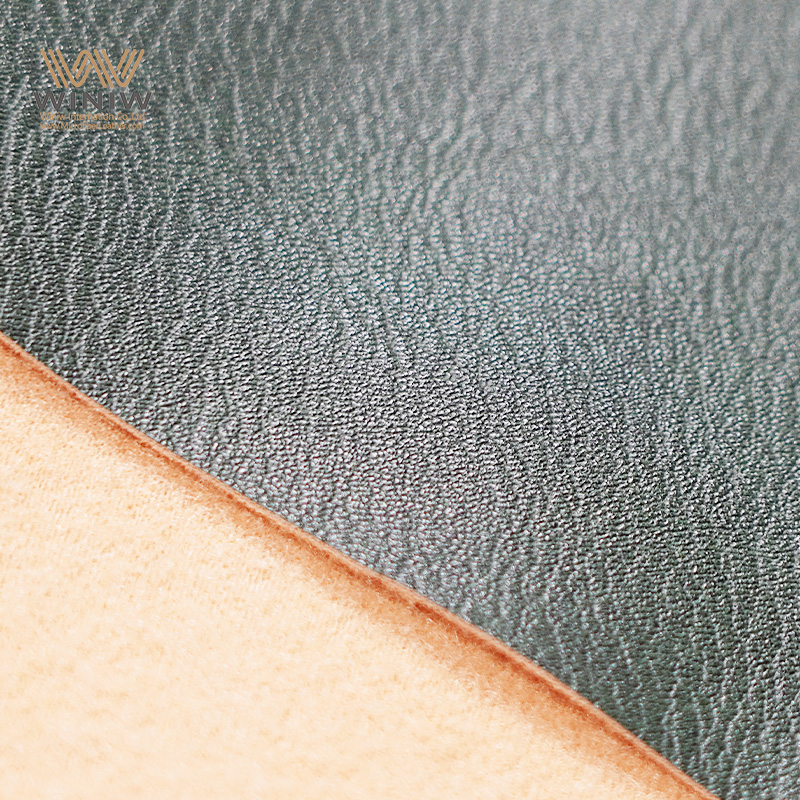

Care Tips
Cleaning
Keeping my boots clean extends their life and maintains comfort. I brush off dirt and mud after every use, especially when working outdoors. For routine wear, I perform a deeper cleaning once a week. I never use a washing machine, since it can damage the materials and structure.
When my boots get wet, I let them dry naturally in a well-ventilated area. I avoid placing them near heaters or radiators, which can cause the leather to crack. If my boots are soaked, I stuff them with newspaper to absorb moisture and help them keep their shape.
Maintenance
Regular maintenance keeps my boots in top condition. I condition the leather every few weeks to maintain flexibility and water resistance. I inspect my boots for signs of wear, such as loose stitching or worn soles, and address issues promptly. I store my boots in a cool, dry place away from direct sunlight. Using boot trees or stuffing them with paper helps maintain their shape.
Here is a quick checklist I follow:
- Clean boots after each use.
- Deep clean at least once a month.
- Condition leather regularly.
- Inspect for damage and repair as needed.
- Store in a dry, shaded area.
By following these steps, I keep my working boots comfortable, durable, and ready for any job. Proper care ensures I get the most value from my investment and enjoy lasting comfort on every shift.
Best Waterproof Work Boots
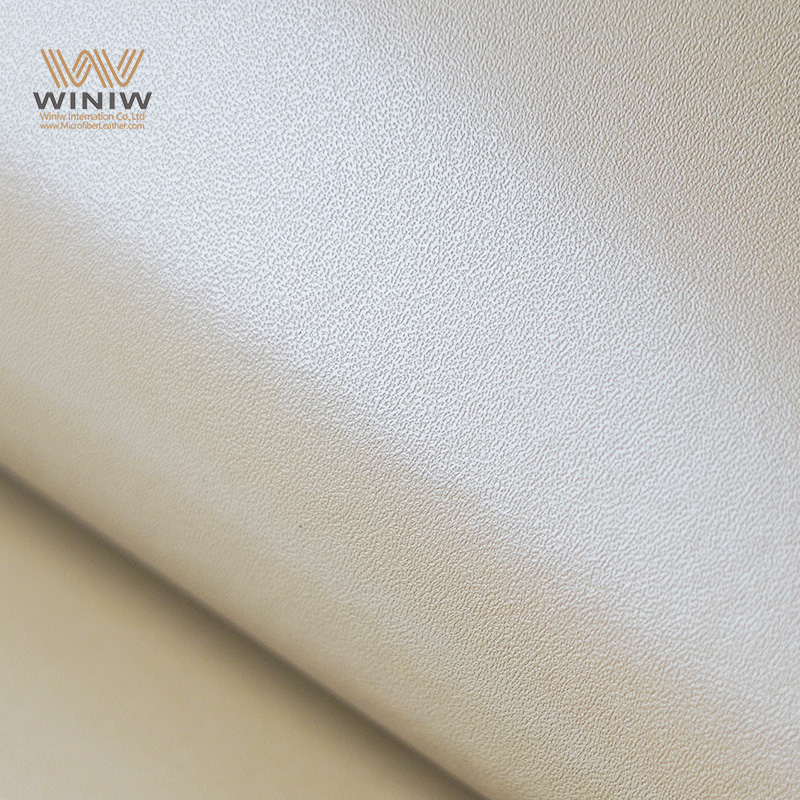
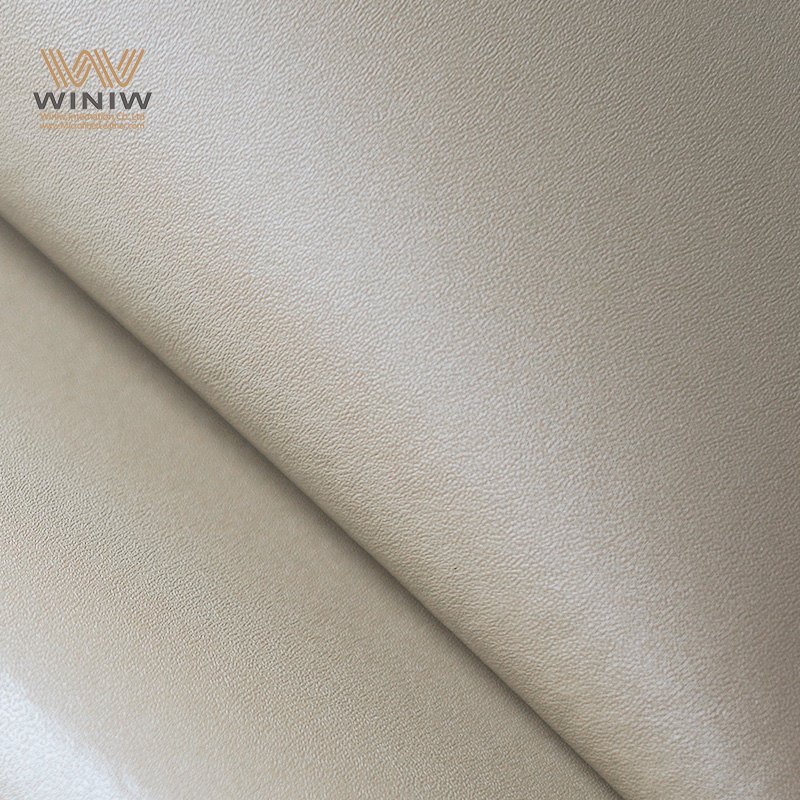
Waterproof Features
When I work in wet or muddy conditions, I rely on waterproof work boots to keep my feet dry and protected. Over the years, I have learned that not all waterproofing methods perform equally well. Laboratory tests show that the most effective waterproof features in construction boots include:
- Gore-Tex, eVent, and other advan

